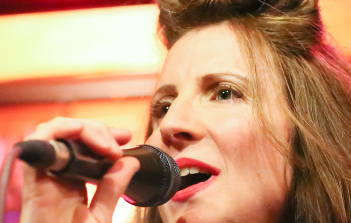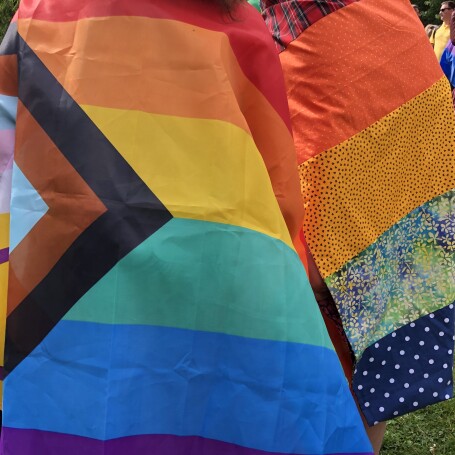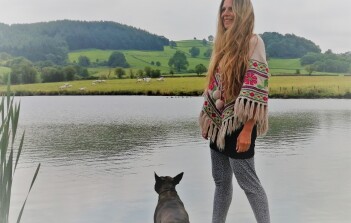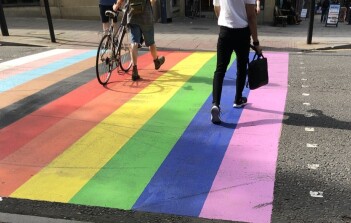
Therapy
Spotlight on our team - Robert

What shaped me as a therapist and how I practice
I grew up in a very small town in Scotland where there were no queer icons—in fact, there was no queer visibility at all. At the age of 12, I began to realize that my gender was not what it outwardly seemed. I started privately dressing in my sister’s clothes, and during this time, I experienced a lot of confusion about my sexuality as well.
By the time I turned 16, I had internally confirmed that I was a transvestite. From what I learned in school and from television, I knew this was considered bad and wrong. I felt like a pervert. My parents' reactions only reinforced this belief when they found out. There was a sense of family relief when I was accepted into the RAF, as if they believed I could go away and “become a man.”
Very early in my RAF career, it was made clear that homosexuality was not compatible with service life. I was okay with that—I fancied girls, even though I wasn’t very successful with them. Nearly three years in, I was dismissed from the RAF for suspected homosexual activity. This felt absurd, particularly since I was still a virgin and exclusively attracted to females.
The message I received was clear: being different was wrong, being gay was wrong, and being gender-variant was wrong. All of this unfolded in the mid-1980s during the era of Thatcher and Section 28.
From my teens until my fifties, I dealt with a great deal of self-rejection and low self-esteem, which led me to carry unhealthy weight. I engaged in self-harming behaviours and struggled to maintain healthy romantic, personal, and work relationships.
At the age of 50, I sought the help of a counsellor, with whom I worked for several years. Initially, I aimed to find my answers and change my ways for a healthier life; later, I worked with them as a mentor while studying to become a counsellor myself.
The concept behind my counselling approach is simple: I accept the person in front of me, listen to their unique experiences and perspectives, and work to understand them. In practice, this means spending time listening and ensuring that I fully understand. I believe that this process can promote self-awareness, self-acceptance, and foster more authentic relationships. This is often described as integrative therapy.
I firmly believe that the expert on you is you, and I work hard to help you find your answers.
Robert
Endnotes and further information:
1. A transvestite is a person who cross-dresses, or dresses in clothes typically associated with the gender opposite to the one they were assigned at birth. Cross-dresser is generally considered the preferred term.
2. Royal Air Force (RAF) and LGBTQ- further info.
https://www.raf.mod.uk/news/articles/lgbt-history-month-2022/
https://www.gov.uk/government/collections/lgbt-veterans-support-and-next-steps
3. Section 28: you can find more information on section 28 by checking the following links.
https://www.bbc.co.uk/bbcthree/article/cacc0b40-c3a4-473b-86cc-11863c0b3f30
https://www.legislation.gov.uk/ukpga/1988/9/section/28
https://lgbtplushistorymonth.co.uk/wp-content/uploads/2020/02/1384014531S28Background.pdf
https://www.lawsociety.org.uk/topics/lgbt-lawyers/the-impact-of-section-28-on-the-legal-profession
https://commonslibrary.parliament.uk/research-briefings/cdp-2023-0213/

